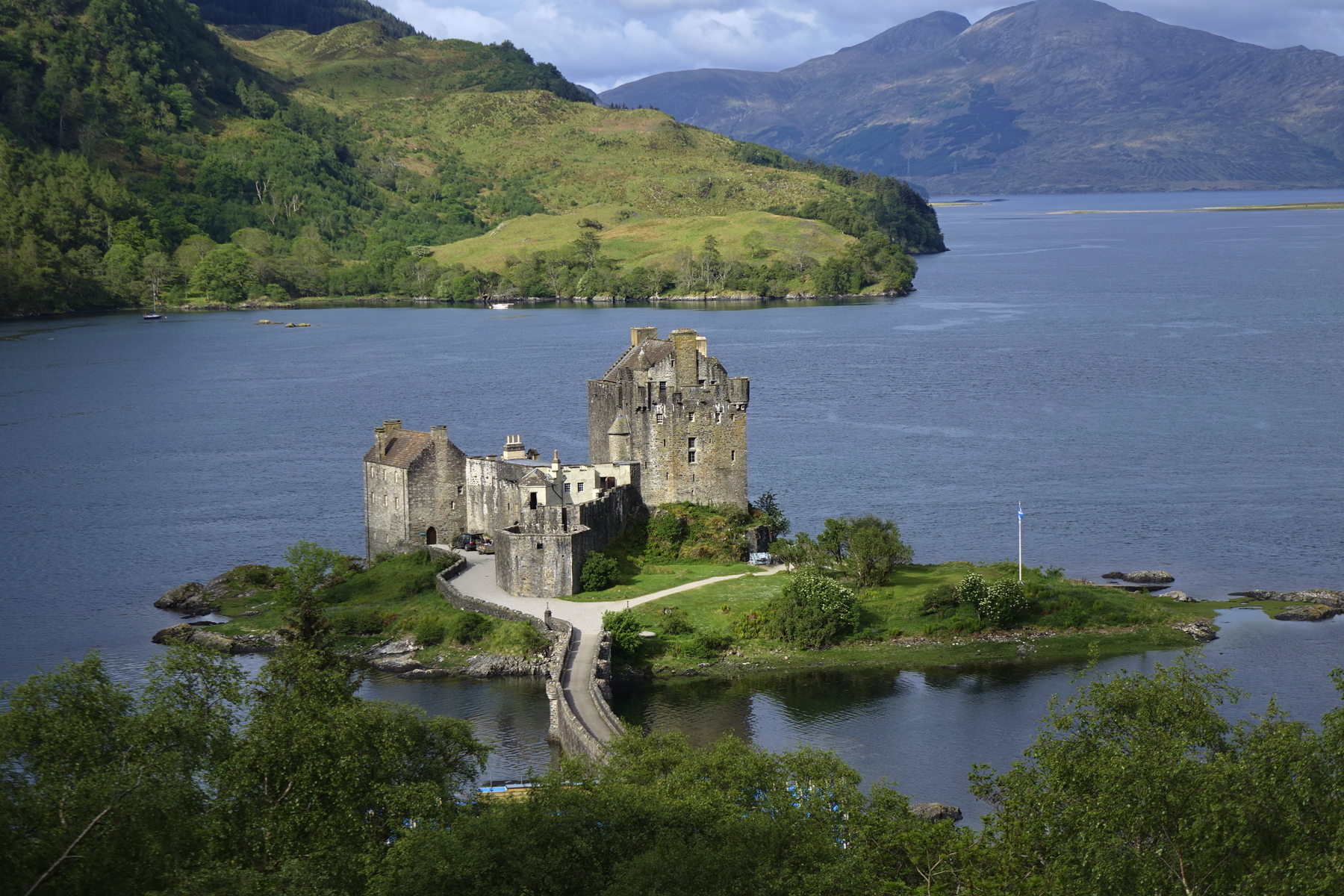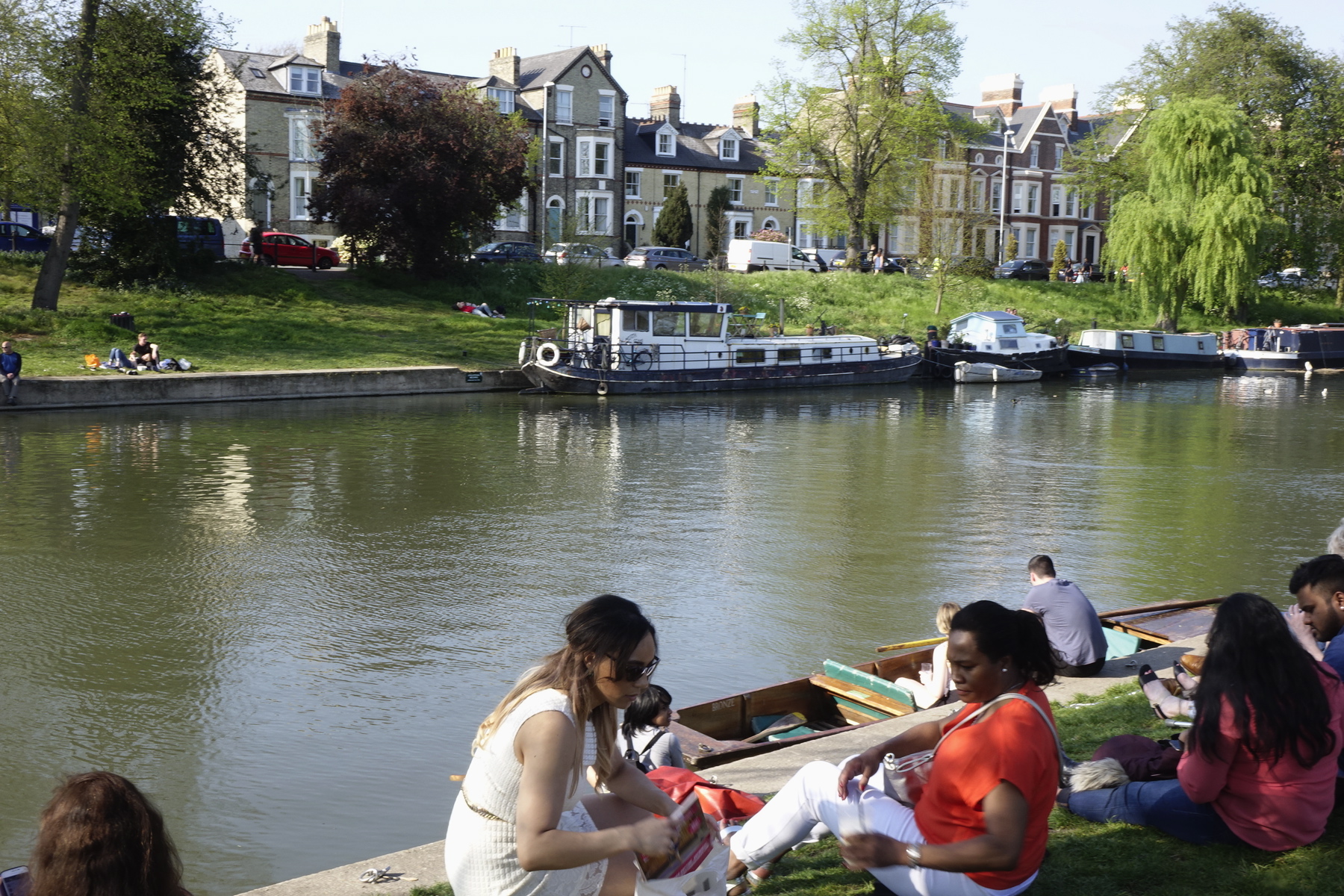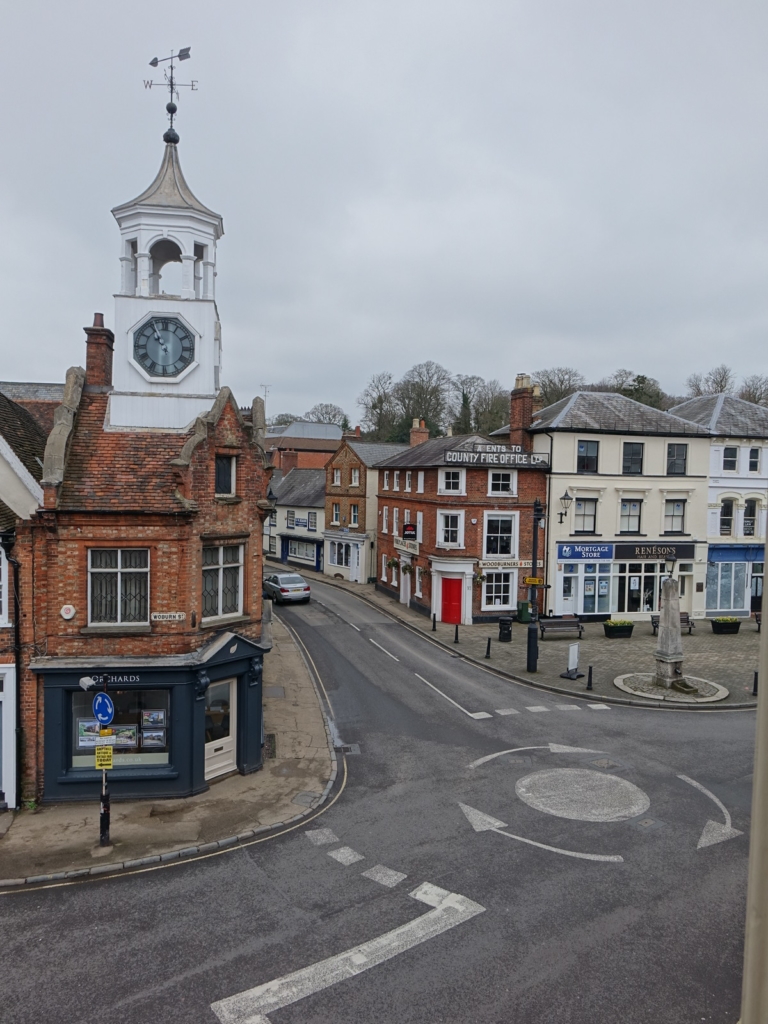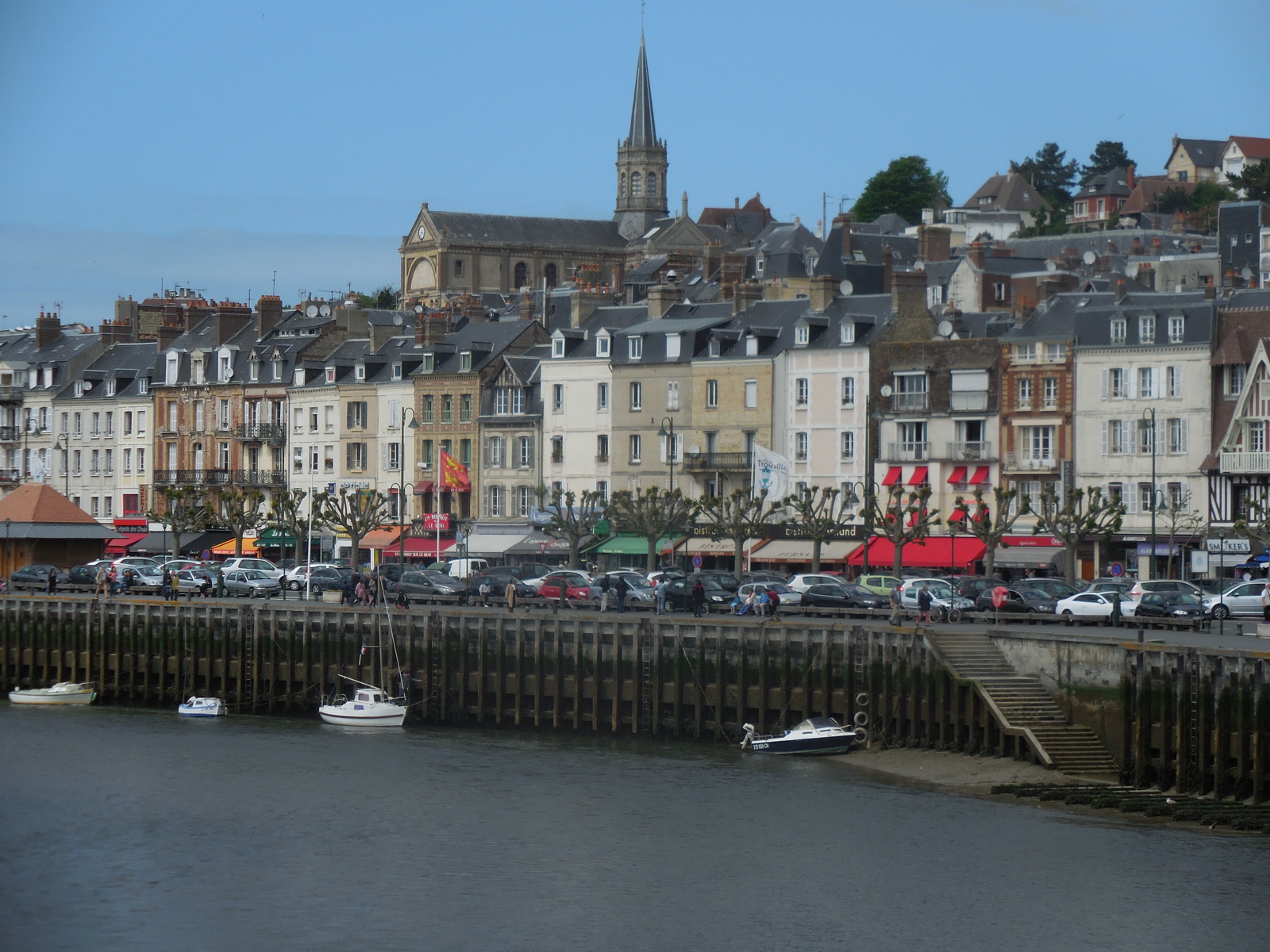 Ever since I found out that my paternal lineage goes back to the 12th century Clan Mackenzie, I dreamed of following their trail from Eilean Donan Castle on the west coast across the Scottish Highlands and the Kintail mountains to Castle Leod on the eastern shores.
Ever since I found out that my paternal lineage goes back to the 12th century Clan Mackenzie, I dreamed of following their trail from Eilean Donan Castle on the west coast across the Scottish Highlands and the Kintail mountains to Castle Leod on the eastern shores.
The tale of the rise and fall of Clan Mackenzie, filled with the supernatural, cunning power, and vicious clan battles, makes a great story. Diane Gabaldon’s historical time travel book series, inspiring the popular Outlander TV series set in the Scottish Highlands, includes a part of the Mackenzie history and the Jacobite Rebellion.
The  Mackenzie’s, once the strongest clan in the north of Scotland, reigned for centuries. From rich, warlords to cash strapped landlords, their story portrays the end of the clan system as fortunes changed hands after the Highland Clearances. Their lives were as rugged as the lands they ruled. Filled with craggy inlets, mist-covered mountains, and broody glens, their land lends way to legends.
Mackenzie’s, once the strongest clan in the north of Scotland, reigned for centuries. From rich, warlords to cash strapped landlords, their story portrays the end of the clan system as fortunes changed hands after the Highland Clearances. Their lives were as rugged as the lands they ruled. Filled with craggy inlets, mist-covered mountains, and broody glens, their land lends way to legends.
The name of Clan Mackenzie dates back to the 13th century when Coinneach MacCoinneach (Kenneth son of Kenneth) gave his name to the Mackenzie’s at Eilean Donan Castle at the junction of Loch Duich, Loch Long and Loch Alsh. The surname Mackenzie, MacCoinneach in Scottish Gaelic, means ‘son of the fair bright one’.

Clan Mackenzie’s territory, Scottish Highlands
The Mackenzie chiefs’ clever battle tactics and manipulative relations with royalty helped them obtain land. Scottish Kings, considering the Highland Clans unruly, used clans’ chiefs to gain control. The Mackenzie’s served as royal agents and strongmen for the King.
To further their profits, the Mackenzie’s once took on the royal enemy Satan. In the late 16th century when Scotland’s King James VI obsession with the supernatural reached a fevered pitch, the Clan used witch-hunting as a way to ensure the King’s favor.
The Mackenzie’s power often came at expense of other clans especially MacLeod’s. In the early 17th century they took advantage of MacLeod’s feuds to acquire the Isle of Lewis. As Earls of Seaforth, they earned rights to valuable fishing grounds.
In the end according to legends, one of their own mystics, the Brahan Seer, in his final prophecy, predicted the doom of House of Seaforth and Brahan Castle.
Factor or fable?
Either way the clan system fell apart after the defeat at the Battle of Culloden in 1746.
How much of any history is biased by hearsay, rumor and boasts of conquests to perpetuate power and control?
This I do know. I hail from shrewd leaders, mighty warriors, and strong survivors. I too am a storyteller, truth seeker, adventuresome traveler filled with mysticism.
How about you? Where do you come from?
Even without Scottish ancestry, you will enjoy upcoming articles about my time travel tale back to the bewitching Clan Mackenzie of the Scottish Highlands.


 I went to Cambridge, the prestigious medieval university, only as a tourist, but boy did I get educated. Though my former students have attended these hallowed grounds, I felt like a dunce when I realized Cambridge was not one central institution, but actually 31 different colleges under the administrative umbrella of the University. The colleges, established between the 11th and 15th centuries, have unique, individual histories.
I went to Cambridge, the prestigious medieval university, only as a tourist, but boy did I get educated. Though my former students have attended these hallowed grounds, I felt like a dunce when I realized Cambridge was not one central institution, but actually 31 different colleges under the administrative umbrella of the University. The colleges, established between the 11th and 15th centuries, have unique, individual histories.
 cheese rolls, salt & vinegar crisps (chips) were followed by sweets – brownies, French cakes – pink, chocolate and yellow frosted squares and strawberries.
cheese rolls, salt & vinegar crisps (chips) were followed by sweets – brownies, French cakes – pink, chocolate and yellow frosted squares and strawberries. rchitecture, and known for it stained glass windows whose refracted light creates incredible beauty under the vaulted ceiling. The chapel, a Tudor masterpiece, commissioned by Henry VII, was completed under Henry VIII reign.
rchitecture, and known for it stained glass windows whose refracted light creates incredible beauty under the vaulted ceiling. The chapel, a Tudor masterpiece, commissioned by Henry VII, was completed under Henry VIII reign.


 On the square across from the clock tower, the Queen Anne style White Hart, built on a Tudor foundation, remains the soul of the Georgian market town dating back to the 11th century. The hotel’s name, Hart, a term for stag used in medieval times, represented the most prestigious form of hunting. Royalty from London tracked these animals in the woods around Ampthill, a day’s carriage ride from the city.
On the square across from the clock tower, the Queen Anne style White Hart, built on a Tudor foundation, remains the soul of the Georgian market town dating back to the 11th century. The hotel’s name, Hart, a term for stag used in medieval times, represented the most prestigious form of hunting. Royalty from London tracked these animals in the woods around Ampthill, a day’s carriage ride from the city. The hotel, which over time withstood raids, conflicts and fires, has been restored in the style of an old coaching inn. The front door opens to the bar where cozy tables fill nooks like in a traditional pub, while the back rooms serve as dining areas. The former stables, now a dining hall, accommodate groups for banquets and receptions.
The hotel, which over time withstood raids, conflicts and fires, has been restored in the style of an old coaching inn. The front door opens to the bar where cozy tables fill nooks like in a traditional pub, while the back rooms serve as dining areas. The former stables, now a dining hall, accommodate groups for banquets and receptions.

 Mamie’s house overlooks the quay of Trouville, France, a fishing village where inhabitants exist in rhythm with the tides and the ebb and flow of tourists flooding her Normandy beach.
Mamie’s house overlooks the quay of Trouville, France, a fishing village where inhabitants exist in rhythm with the tides and the ebb and flow of tourists flooding her Normandy beach.
 The windows on one side of the apartment face the colorful, lively, bright main street alongside the Touques River; the other side’s windows look onto the darker Rue des Ecores.
The windows on one side of the apartment face the colorful, lively, bright main street alongside the Touques River; the other side’s windows look onto the darker Rue des Ecores.
 Every nook and cranny remained filled with mementos triggering happy memories from Mamie’s giant dinner bell, to her French cartoon collection, to her lumpy, duvet covered beds. Artwork and photographs, showing the chronology of marriages, birthdays, baptisms, and graduations, covers every inch of wall space.
Every nook and cranny remained filled with mementos triggering happy memories from Mamie’s giant dinner bell, to her French cartoon collection, to her lumpy, duvet covered beds. Artwork and photographs, showing the chronology of marriages, birthdays, baptisms, and graduations, covers every inch of wall space.




